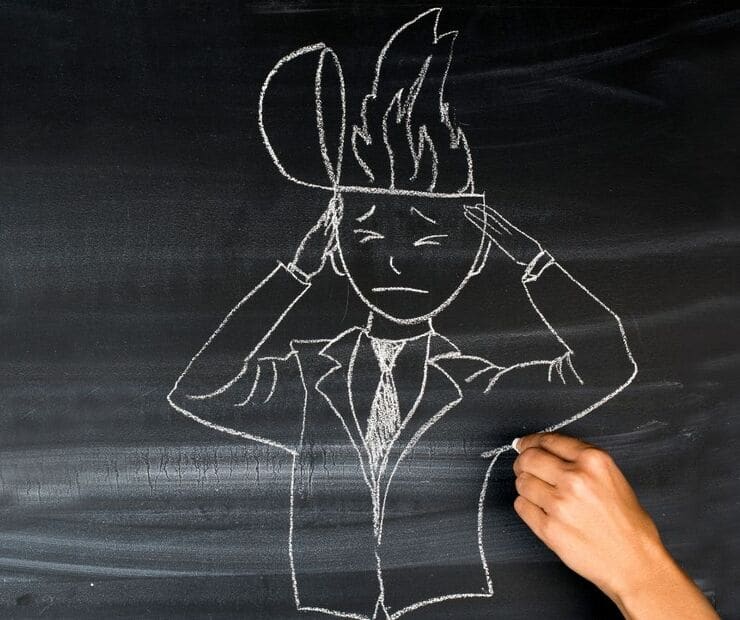
1) Maintain Your “Other” Life
It’s OK if teaching is your life as long as you have a life outside of your classroom. You want to be the best teacher you can be. You’ve been dreaming of this moment for years. Now you’re here and determined to launch headfirst into an instantly successful career. You’re figuring out lesson planning, grading, managing student behavior, and classroom procedures. You’re up until midnight and up at 6:00 AM. You spend weekends grading and planning, which is an easy road to teacher burnout. Go for a short weekend trip, get lunch with an old friend, go to the gym during the week, or go for a bike ride. (Exercise relieves stress!) Spend some time when you are not thinking about the classroom, and stay connected to your friends and family support group.
2) Be a Stakeholder When Changes Are Made
Too much change stretches teachers thin and leads to burnout. If a change needs to be made, be transparent about why this change is happening. Whenever possible, include the affected teachers in the process and avoid sudden changes that appear to come out of nowhere. Always think about how a change will affect teachers and staff and plan accordingly.
3) Find Lessons and Opportunities in Everything
One of the easiest ways to burn out as a teacher is to get stuck in the same routine and practices year after year. Keep it fresh by reading new research on teaching and learning, talking, and collaborating with peers inside and outside your school building. Attend conferences and other structured learning activities. Take on a leadership role in your school to learn new skills or build new connections.
4) Nurture Peer Connections
Give teachers opportunities to connect with each other about their teaching. Feeling part of a team, knowing what others are doing in their classrooms, and seeing how your work fits into the bigger picture motivate, inspire, and increase feelings of self-worth. Give teachers across grade levels or subject areas the time they need to share student work, units they’re teaching, and ideas they’re working on.
5) Keep It Light
Incorporate humor and laughter into your classroom to avoid teacher burnout. It’s OK to have a good time and enjoy yourself. Your students will appreciate your class more, and you will win them over if you seem like you’re having a good time! Teachers have bad days just like anyone, and sometimes we need some humor to brighten our day. Letting some humor and laughter into your classroom and making it a pleasant place to be will help counteract feelings of burnout.
You can find the 2022 update here.
